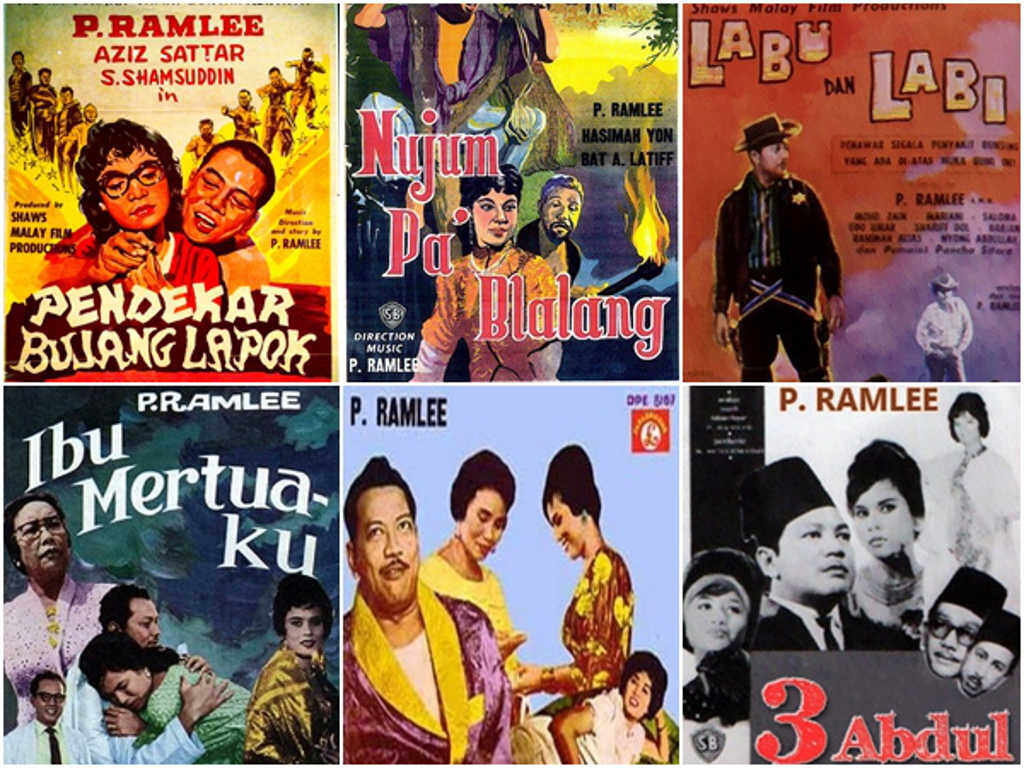By Sophia Nur Aurora Izzat Muazzam

In an era dominated by global media giants, Malaysia faces the pressing challenge of preserving its own cinematic heritage—a vital cultural treasure that is currently at risk of fading into obscurity. Early cinema in Malaya, spanning from the 1930s through the golden years of the 1940s to 1970s, played a crucial role in reflecting the social realities, cultural identities, and political aspirations of a colonised society moving toward independence. Yet, many of these films and the heritage cinemas that once screened them are deteriorating or lost, threatening a significant part of Malaysia’s cultural memory.
The current issue centers on cultural erasure due to inadequate preservation and archival efforts. Iconic early Malay films such as Laila Majnun (1933) and Seruan Merdeka (1946) were not mere entertainment but powerful narratives capturing the hopes, struggles, and multicultural fabric of Malayan society under colonial rule. Unfortunately, many films from this era exist only in fragile physical formats, and with the shift to digital media, preservation of these historical works has become more urgent yet complicated. Furthermore, historic cinemas, like the Art Deco Coliseum Theatre built in 1920, are disappearing from urban landscapes. Instead, they are being replaced by modern multiplexes or repurposed for other uses, erasing physical sites of collective memory.
Research efforts looking at the impact of Malayan early cinemas, especially the one by Dr Ata’ Hanifee Zawawi, from the Department of English, Faculty of Arts and Social Sciences, Universiti Malaya are addressing this issue by recovering and analysing early cinematic works and their contexts. This research combines archival investigation, oral histories, and film analysis to reconstruct the narratives and cultural significance of early Malay cinema. It highlights how films from the studio era (1950s–1965), including works by pioneering filmmakers like B.S. Rajhans and Malay Film Productions, served as tools for identity formation by centering local languages, traditions, and social issues. These films reflected the complexities of post-war Malaya, blending tradition and modernity, and fostering a sense of national identity before independence.
Moreover, the research underscores cinema’s dual role as both cultural preservation and education. Films from the studio era not only documented historical realities but also conveyed moral values and social cohesion, helping audiences understand their cultural heritage and societal structures. By studying these films through critical frameworks such as Georg Lukacs’s cinematic realism, the research reveals cinema’s transformative potential to foster cultural awareness and collective reflection.
Importantly, this research is forward-looking. It asks how rediscovering early cinematic narratives can inspire contemporary Malaysian filmmakers and audiences to reclaim and reinterpret their cultural identities in a globalised media environment. With international productions increasingly filming in Malaysia yet often sidelining local stories, preserving early cinema becomes an act of cultural sovereignty—affirming that Malaysian stories matter and deserve to be told and retold.
To readers, especially younger Malaysians, the message is clear: the cinematic heritage of Malaya is your inheritance. These films and historic cinemas are more than relics; they are windows into the past and mirrors for imagining future identities. Exploring this heritage invites you to move beyond passive consumption of foreign media and engage actively with your own cultural narratives. By valuing and preserving early cinema, you contribute to a richer, more diverse Malaysian cultural landscape that honours its history while inspiring new stories rooted in local experience.
In preserving early cinema, Malaysia safeguards not only its past but also the creative possibilities of its future. The silver screen’s flicker from decades ago still holds the power to shape who we are and who we can become—if only we choose to remember and cherish it.
The author is an undergraduate student of Universiti Malaya, taking an elective university course entitled “Introduction to Journalism and Storytelling in Digital Age”
